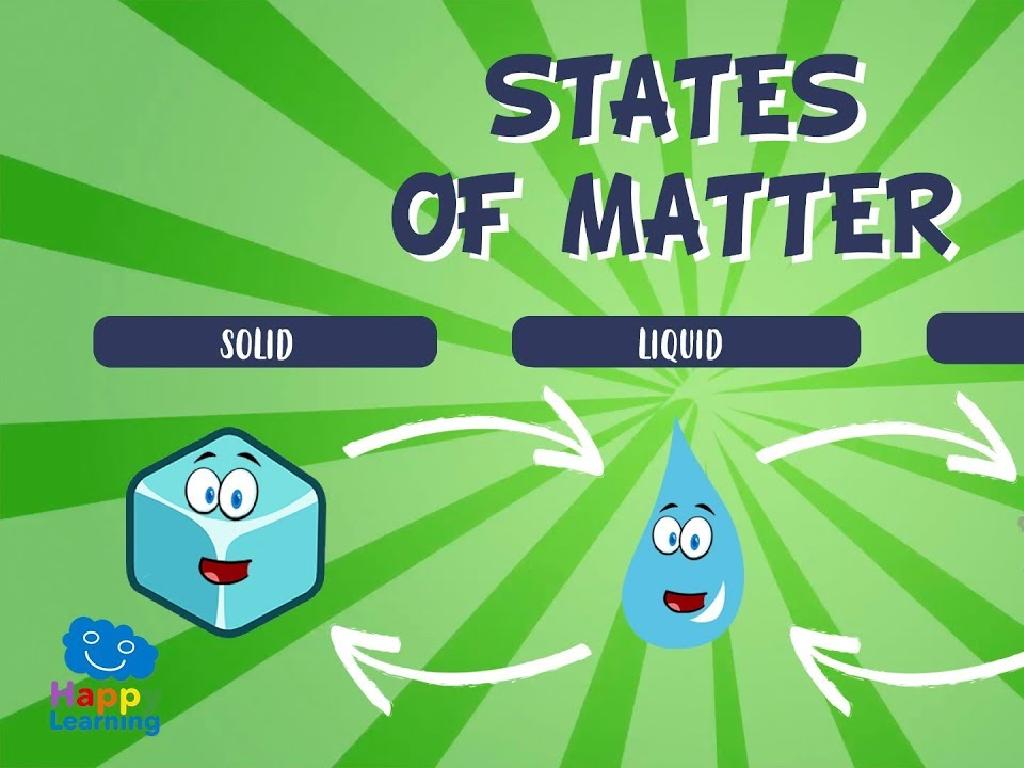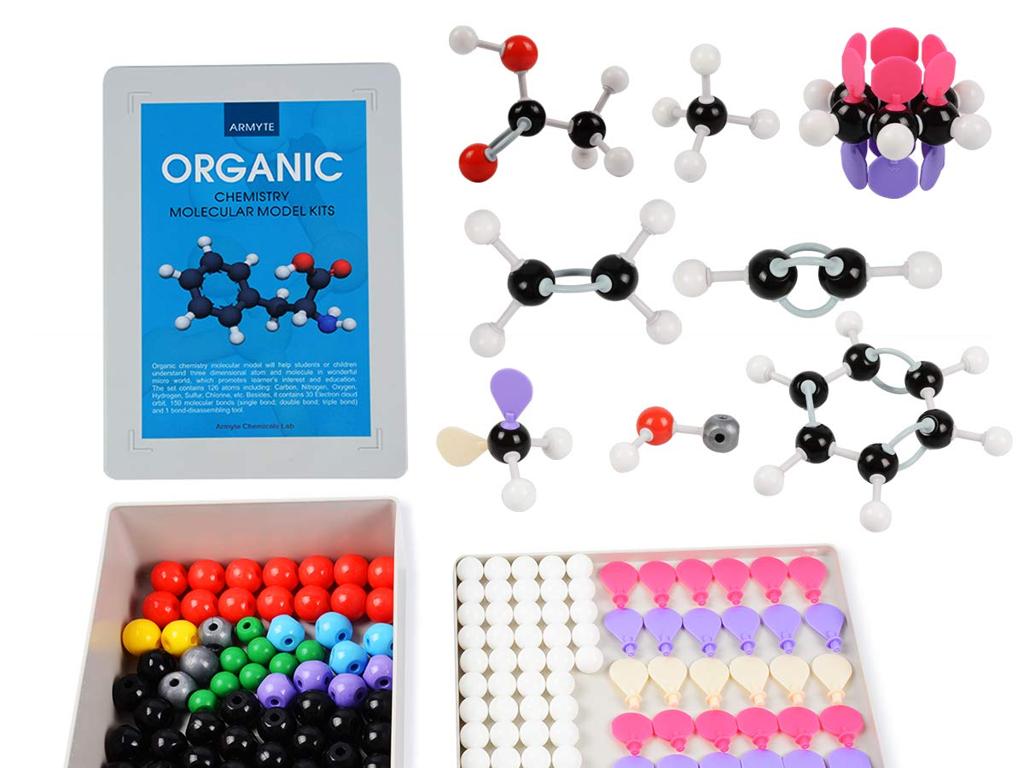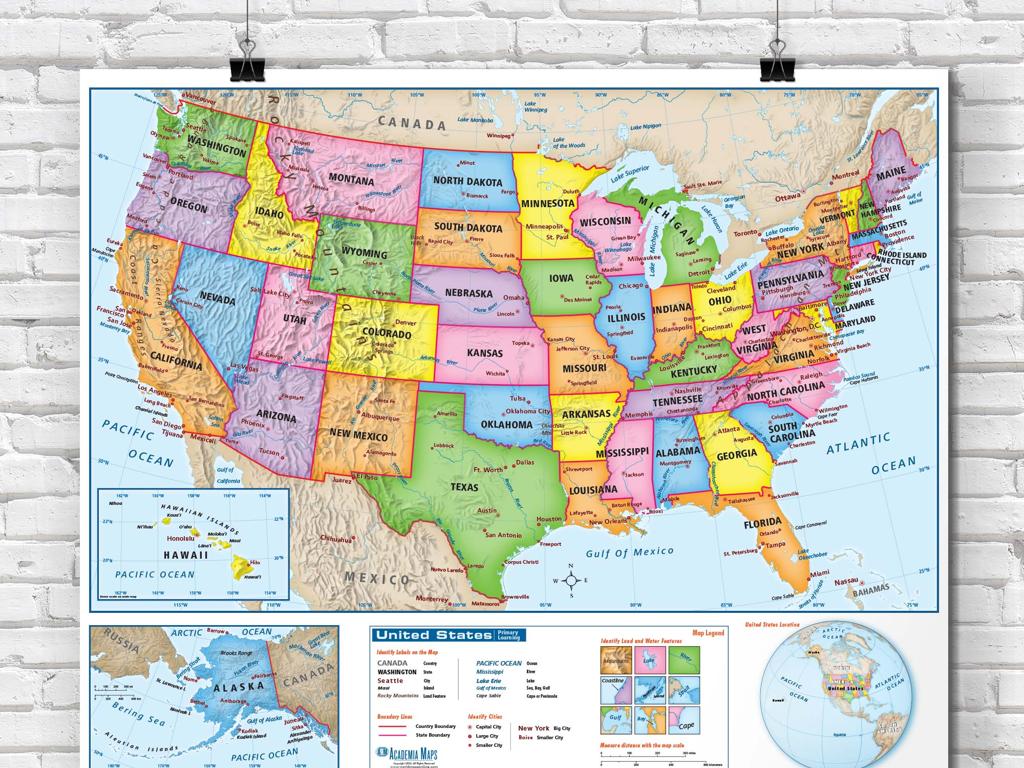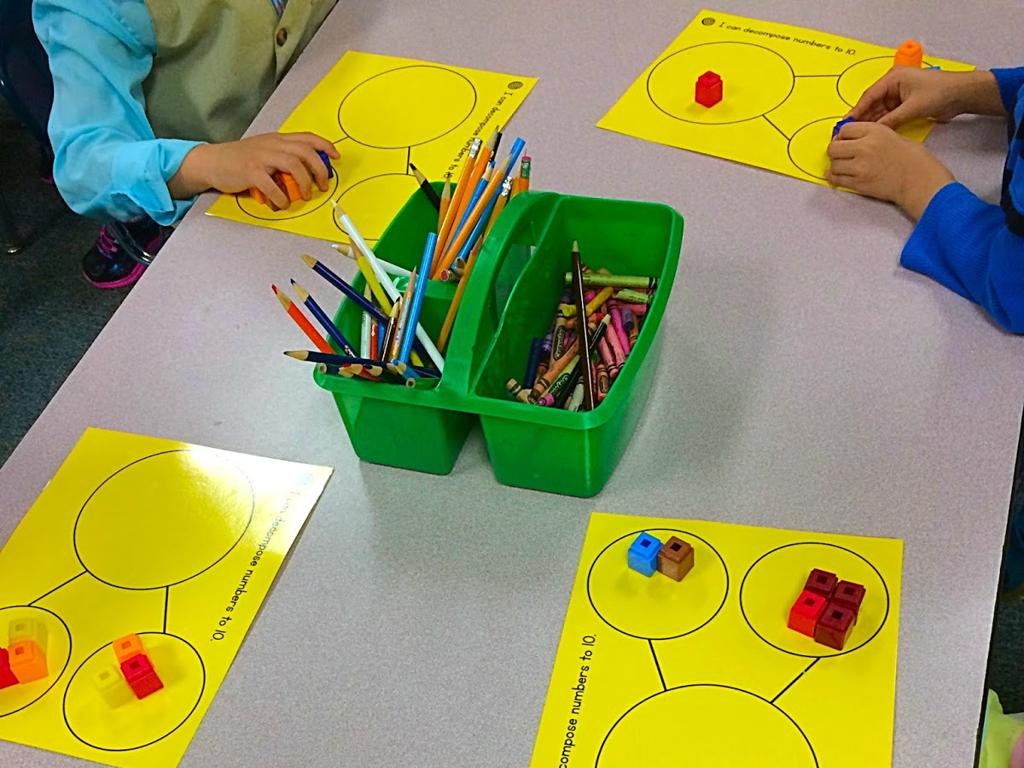Divide Fractions Using Models
Subject: Math
Grade: Sixth grade
Topic: Divide Fractions
Please LOG IN to download the presentation. Access is available to registered users only.
View More Content
Divide Fractions Using Models
– Grasp the concept of fractions
– Today’s goal: Model fraction division
– Visualize dividing fractions using shapes or objects
– Real-life importance of dividing fractions
– Cooking, sharing, and budgeting involve fraction division
– Activity: Divide fractions with models
– Use paper models to divide fractions in class
|
This slide introduces the concept of dividing fractions and sets the learning objective for the class. Begin by reviewing what fractions represent, ensuring students understand numerator and denominator. The goal is to use visual models, such as pie charts or bar models, to help students grasp the concept of dividing one fraction by another. Emphasize the practical applications of this skill in everyday life, such as in cooking (dividing a recipe), sharing items equally, or managing budgets. The activity will involve hands-on practice with paper models to divide fractions, reinforcing the concept through tactile learning. Provide clear instructions and examples on the board, and prepare to assist students who may need additional guidance.
Recap: Understanding Fractions
– A fraction represents part of a whole
– Like a slice of pizza is a part of a whole pizza
– Consists of numerator over denominator
– Top number is parts we have, bottom is total parts
– Example: 1/2 means one out of two parts
– 1/2 is half the pie, 1/4 is a quarter of it
– Visualize fractions with pie charts or bars
– Drawings help us see the parts we’re talking about
|
Begin with a quick review of what a fraction is, emphasizing its role in representing parts of a whole. Use familiar examples like slices of pizza to illustrate the concept. Explain that the numerator (top number) indicates how many parts we’re considering, while the denominator (bottom number) shows how many equal parts the whole is divided into. Provide a simple fraction like 1/2 to show this visually, perhaps with a pie chart or bar model, to help students internalize the concept. This foundational understanding is crucial before moving on to more complex operations like dividing fractions.
Understanding Division of Fractions
– Division: splitting into equal parts
– Dividing fractions: fitting one into another
– How many 1/4s fit into 3/4? It’s like asking how many 25 cent coins make 75 cents.
– Dividend and divisor in division
– Dividend is the amount you have, divisor is the fraction you divide by.
– Visual models aid fraction division
– Draw a pie to represent fractions and show division visually.
|
This slide introduces the concept of dividing fractions by relating it to the familiar process of division, which is essentially splitting something into equal parts. Emphasize that when we divide fractions, we are asking how many times one fraction fits into another. Use visual aids like pie charts or fraction bars to help students understand the concept of a dividend (the fraction being divided) and a divisor (the fraction by which you divide). Encourage students to visualize the process by drawing models, which can make abstract concepts more concrete and understandable. Provide examples and guide them through the process step by step to ensure comprehension.
Modeling Fractions with Pies
– Visualize fractions with pie slices
– Imagine cutting pies into equal parts to see fractions
– Each slice equals a fraction of the pie
– If a pie has 8 slices, each slice is 1/8 of the pie
– Use pie models for division
– Divide pies to show how fractions are divided
– Understand division with visuals
– Visual aids make fraction division concepts clearer
|
This slide introduces students to the concept of visualizing fractions by using pie models, which is a relatable and concrete method for understanding fractions. By dividing pies into equal slices, students can see how each slice represents a part of the whole, making abstract concepts more tangible. When it comes to dividing fractions, pie models can be used to demonstrate how many times one fraction fits into another, providing a visual representation of the division process. Encourage students to draw their own pie models and practice dividing fractions with different numbers of slices to solidify their understanding.
Dividing Fractions Using Models
– Represent dividend with a model
– Use a pie or bar to visualize the dividend fraction
– Fit divisor into the dividend
– Divide the model into equal parts based on the divisor
– Count fits to find quotient
– The number of times the divisor fits is the quotient
|
This slide outlines the step-by-step process of dividing fractions using visual models, which is an effective method for sixth graders to understand the concept of division with fractions. Start by representing the dividend (the fraction to be divided) using a model such as a pie chart or a bar diagram. This visual representation helps students see the fraction as a whole that can be divided. Next, determine how many times the divisor (the fraction by which we are dividing) fits into the dividend by dividing the model into equal parts that represent the divisor. Finally, count the number of times the divisor-sized parts fit into the dividend model to find the quotient. Encourage students to practice with different models and divisors to solidify their understanding. Provide several examples and possibly have manipulatives available for students to use during the activity.
Dividing Fractions with Models
– Visualize fractions as pie slices
– Determine how many smaller slices fit
– Example: 1/2 divided by 1/4
– Imagine a half pie. How many quarter slices can you fit?
– Solution: Two 1/4 slices fit in 1/2
– 1/2 pie can accommodate two 1/4 slices, showing 1/2 ÷ 1/4 equals 2
|
This slide is aimed at helping students understand the concept of dividing fractions by using a visual model. Start by asking students to visualize a pie and its slices to represent fractions. For the given example, have them picture a half of a pie and then determine how many quarter slices can fit into that half. This concrete visualization helps them grasp that dividing by a fraction is akin to determining how many of the divisor fractions fit into the dividend fraction. The key takeaway is that when you divide 1/2 by 1/4, you are essentially asking how many 1/4 slices can be placed into a 1/2 slice, which in this case is 2. Encourage students to draw their own models and use this method to solve different fraction division problems.
Dividing Fractions: Visual Approach
– Draw a model for 3/4
– How many 1/2s in 3/4?
– Visualize 1/2 portions within the 3/4 model
– Count the number of 1/2s
– Each 1/2 represents one division into 3/4
– Understand division of fractions
– Division of fractions can be seen as ‘how many times does this fraction fit into that one?’
|
This slide is a class activity to help students understand the concept of dividing fractions by using visual models. Start by drawing a rectangle to represent one whole and shade three out of four equal parts to represent 3/4. Then, demonstrate how to divide this model into halves and count how many halves fit into the shaded area. This will visually show that 1 and 1/2 groups of 1/2 fit into 3/4, which means 3/4 divided by 1/2 equals 1 and 1/2. Encourage students to draw their own models and to discuss their findings. This activity will solidify their understanding of fraction division and prepare them for more complex problems.
Class Activity: Create Your Own Pie Models
– Divide 2/3 by 1/3 using pie models
– Draw and color your pie models on paper
– Explain your model and solution
– How does your model show the division of 2/3 by 1/3?
– Share with the class
|
This activity is designed to help students visualize the concept of dividing fractions using pie models. Each student will create a model to represent 2/3 and then show how this can be divided by 1/3. Encourage creativity in their drawings and ensure they color the models to differentiate the sections. After completing their models, students should be able to explain how they divided the fractions using their pie model. Finally, they will present their models and solutions to the class, fostering a collaborative learning environment. Possible variations for different students could include using different fractions or different models such as bar models or number lines.
Wrapping Up: Fractions Division
– Review today’s key points
– Homework: Fraction division worksheet
– Use models to divide fractions as practiced
– Prepare questions for next class
– Think about areas of confusion or curiosity
– Practice makes perfect!
|
As we conclude today’s lesson on dividing fractions using models, it’s important to recap the main concepts we’ve covered. Ensure students understand the significance of using visual models to grasp the concept of fraction division. For homework, students are expected to complete a worksheet that provides additional practice on this topic, reinforcing their understanding. Encourage students to come prepared with questions for the next class to address any uncertainties they may have. Remind them that practicing these problems will help solidify their skills in fraction division.






